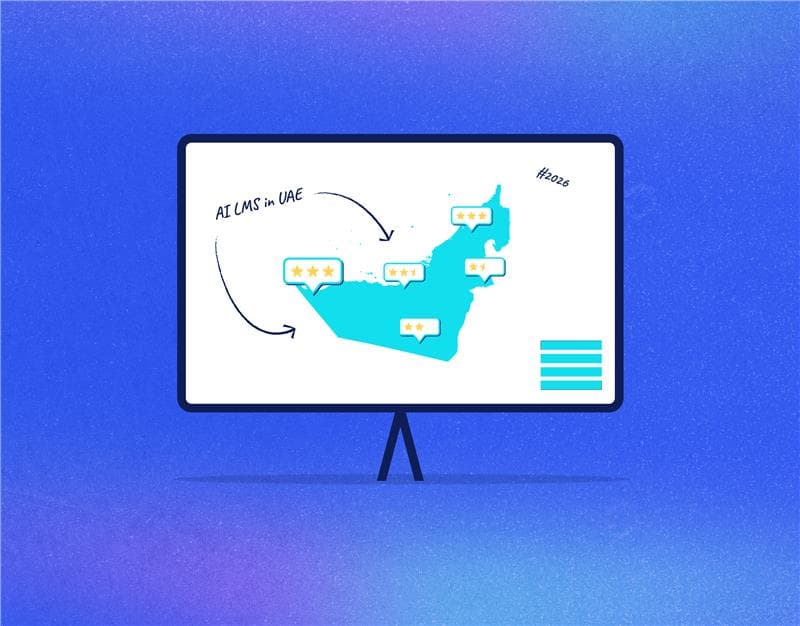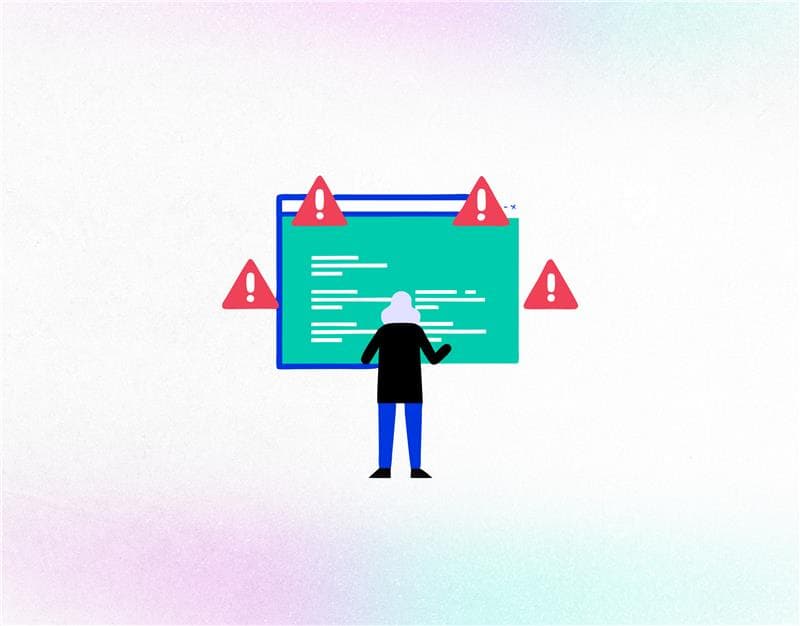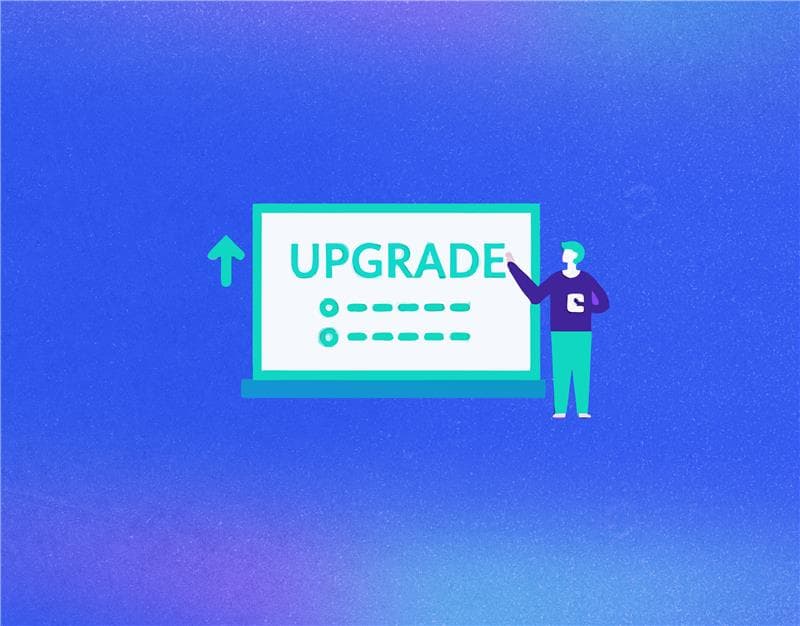Published June 18, 2022
Education Post-COVID
The Downfall of The Traditional Educational System?
While COVID-19 pandemic took a toll on everything, it gave an ultimatum to the education sector. To continue the traditional schooling system, there was only one way - remote teaching and learning. The limitations posed by this method are well known. Traditional education in the form of lecturing a classroom of students in real time poses practical and technical challenges which over a period of time can contribute to a decline in the most fundamental aspects of education. However, the introduction of virtual classrooms and online schooling has definitely opened a door to newer possibilities using technological tools.
Traditional education in online form
The pandemic pushed the education system from one extreme to another when the traditional schooling system moved onto online platforms like Google Meet and Zoom. There were very few goals being met with this move. For one, it allowed the educational institutions to continue their processes. New students were welcomed, lessons were read and homework was more or less done. The idea of collaborative learning and activities died a sad death in the process even as teachers tried to integrate various activities into the curriculum.
What exactly went wrong?
We cannot condemn online learning and the technological tools for the regression in learning potential, performance and effectiveness over the pandemic period. The culprit here is how the system tried to adapt the traditional offline schooling to online platforms. Confining the teacher and the students to a web platform during prescribed hours was more or less chaotic, especially in elementary classes. This poses problems at several levels in the education system which affects the learning process.
How did it affect students and teachers?
Traditional education system sans the physical classroom is a deficient system. Largely a failure, this has reduced the overall quality of the student population. Teachers everywhere have voiced about how teaching a class through video conferencing could never measure up to the classroom experience. There were technological difficulties of both teachers and students getting used to the new modes of teaching and learning as well as limitations in time and convenience. Live sessions bound the students to a routine of appearing online at a given time, regardless of their mental readiness to attend a class on a gadget. The bandwidth of both teachers and students were underused in this system.
Are there better alternatives?
Yes. Although the need for social distancing demanded everyone to stay home, remote learning through video conferencing platforms certainly had better alternatives. A blended learning system was more or less adopted in many places to replace the traditional classroom during the pandemic time, where the students were provided with video classes of their lessons created with attractive backdrops to suit the age group, and teaching was a performance rather than a lecture, encouraging the students to join in at their own time and pace. Meanwhile, students received guidance, tasks and assignments from the teachers at the local schools they were enrolled in, integrating a human element into the system, to facilitate the young learners in their learning journey.
Conclusion: Embracing the Future of Education
The future is here already as the pandemic hastened the need to explore and test various learning methods to keep the school years going on, as halting education was not practical even in the worst of times, especially with cutting edge technology available. COVID-19 has certainly opened up people's minds to alternatives to the traditional schooling system and undoubtedly, now is the best time to test and implement more science-backed methods of pedagogy.



